If you want to buy a Nikon SLR camera, it is primarily your personal needs that decide which model is best for you. Because of course Nikon offers cameras for beginners as well as models for professionals with the highest demands. Nikon DSLRs are recognisable by the letter "D" in the product name, because it stands for "Digital". Similar to Canon, the numbering ranges from four to one digits. The number of digits indicates whether it is a beginner or a professional model. The following rule of thumb applies: the smaller the number of digits, the better the equipment and the image quality of the Nikon DSLR. However, there are a few exceptions to this rule.
A Nikon DSLR with a four-digit model number is usually aimed at beginners. The image quality is excellent in good lighting conditions and still better than any compact camera even in low ambient light. You can take advantage of many practical extras on these models that make it easier to get started in digital photography, such as a tilting display, an optical viewfinder or WLAN. The 7-series is interesting for ambitious hobby photographers because it comes with some professional equipment details, such as a second setting wheel and a shoulder display (small display on the top of the right side of the camera).
Ambitious hobby photographers and professionals should either opt for the four-digit 7-series or for a three-digit Nikon DSLR. The three-digit model number marks Nikon's entry into the upper class. The current models are equipped with a large full-frame sensor, which allows you to capture low-noise images even in low light. You only get even more performance if you opt for a Nikon DSLR with a single-digit model number. However, due to their nature and price, these cameras are usually reserved for professional photographers.
The history of Nikon now stretches back 100 years to 1917, when three smaller companies merged in February to form one large company, which at that time still operated under the name "Nippon Kogaku Kogyo Kaisha" - in German "Japanische optische Gesellschaft". At first, the company, which today specialises in the production of lenses and cameras, concentrated on the production of microscopes, binoculars and other optical devices. The patron of the company merger was Mitsubishi. The group still belongs to this company today. Since 1976, the company had already been calling its camera models "Nikon". The official change of the company name, however, did not take place until 1988.
Even in the early days, German know-how played an important role. German companies such as Rollei, Voigtländer, Contax and Zeiss still dominated the camera market at that time. In 1919, a delegation from Japan travelled to the German Reich to see the production of cameras in person. After this contact, eight technicians from Germany worked on the production in Japan from 1921. This resulted in a transfer of knowledge and technology.
In 1932, the trademark "Nikkor" was used for the first time. All Nikon lenses are still referred to by this name today. Soon the company became an important supplier in the camera industry. Foreign manufacturers were very fond of using Nikon's high-quality fixed focal length lenses. In 1945, the company began to develop its own camera models. On 7 March 1948, the first rangefinder camera "Nikon 1" was introduced. It resembled the German Contax II and used an image format of 24 by 32 millimetres. At that time, one 35 mm film allowed 40 shots to be taken.
To find the right Nikon SLR camera for your needs, be sure to ask yourself the following questions before buying: What do you mainly want to photograph? Where do you want to shoot photos? And how often will you use the camera? In addition, it is important whether you have already gained experience in analogue or digital photography or whether you are a complete beginner.
Nikon's digital SLR cameras are organised in the D-System. The new 1 system, on the other hand, forms the basis of the mirrorless system cameras. Nikon's compact cameras are grouped together as the Coolpix model range. All in all, the manufacturer's camera range is therefore quite clear.
In 1999, Nikon introduced the successor to the F series. Nikon's first digital SLR camera was the D1. Just like its predecessors, the D models are equipped for interchangeable lenses with a Nikon F bayonet. You can recognise the lenses that are specially manufactured by Nikon by the designation "Nikkor". The inexpensive entry-level DSLRs have a four-digit model number. The equipment here is moderate, but usually sufficient for beginners in digital SLR photography. The housing is made of plastic. In the four-digit series, the 7xxx models are a speciality. They can be placed in the semi-professional category because they come with a few upscale features, such as a higher-quality plastic magnesium housing.
Three-digit and single-digit cameras are Nikon's royal class. They are equipped with a large full-frame sensor that enables sharp and low-noise images. Usually, these devices are used by professional photographers because they are extremely powerful, durable and easy to use. However, there are also more compact full-frame DSLRs from Nikon that can be considered by ambitious photographers and are already available for less than 2,000 euros.
One big advantage with the Nikon D system is that almost all old Ai-S lenses can still be used on the one-, three- and two-digit cameras. These lenses are technically of high quality, so it is an advantage that they are compatible with many Nikon DSLR cameras. The reason: Nikon has always used the F bayonet. Since the 1950s, all Nikkor lenses have been manufactured with this camera mount, the basic features of which have always remained the same. For many photographers, this is a decisive argument for choosing the Nikon system, because with Canon, for example, the old FD lenses do not fit on a modern EOS camera. Only with adapters is it possible to continue using the lenses in the digital age. Nikon owners, on the other hand, can use the inexpensive analogue lenses on the digital Nikon SLR camera as the mood takes them.

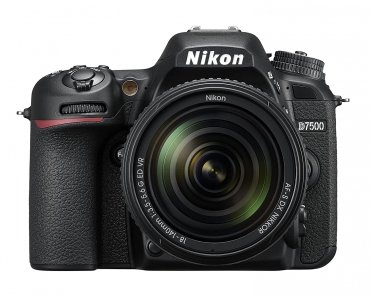


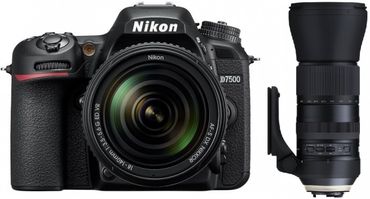
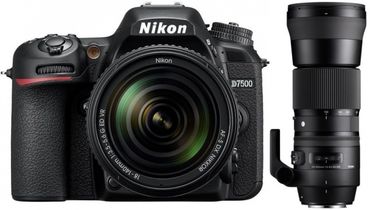

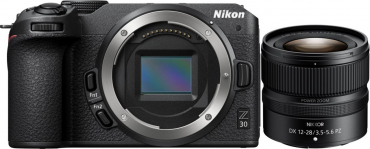
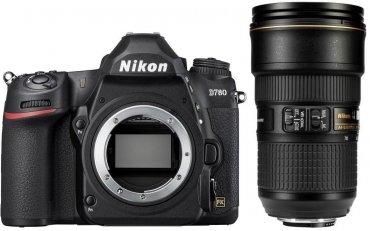

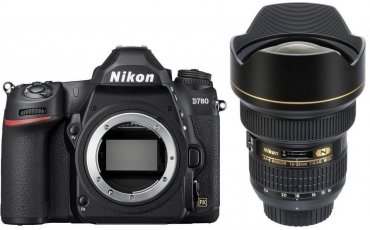


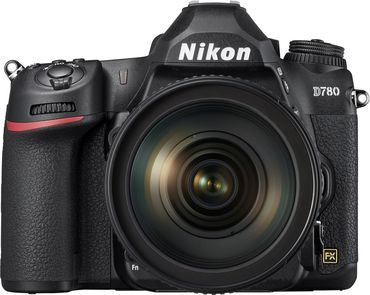
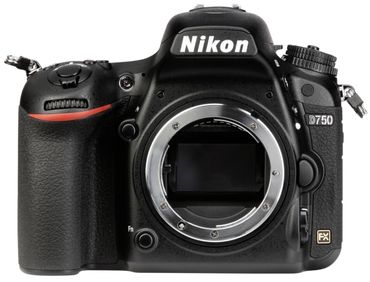
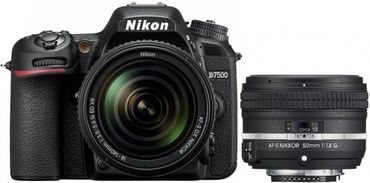
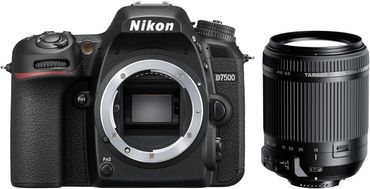
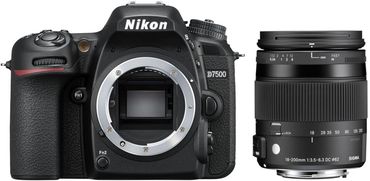
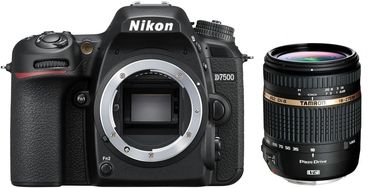
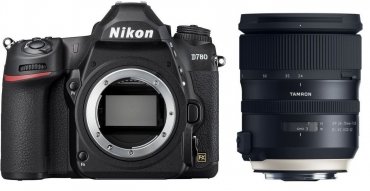
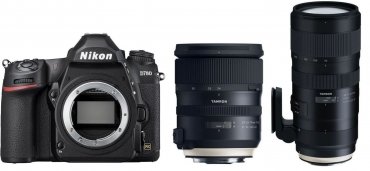
Simply subscribe and benefit as a newsletter recipient every week: